Director's cut: Frédéric Tcheng turns the lens on Raf Simons in 'Dior and I'
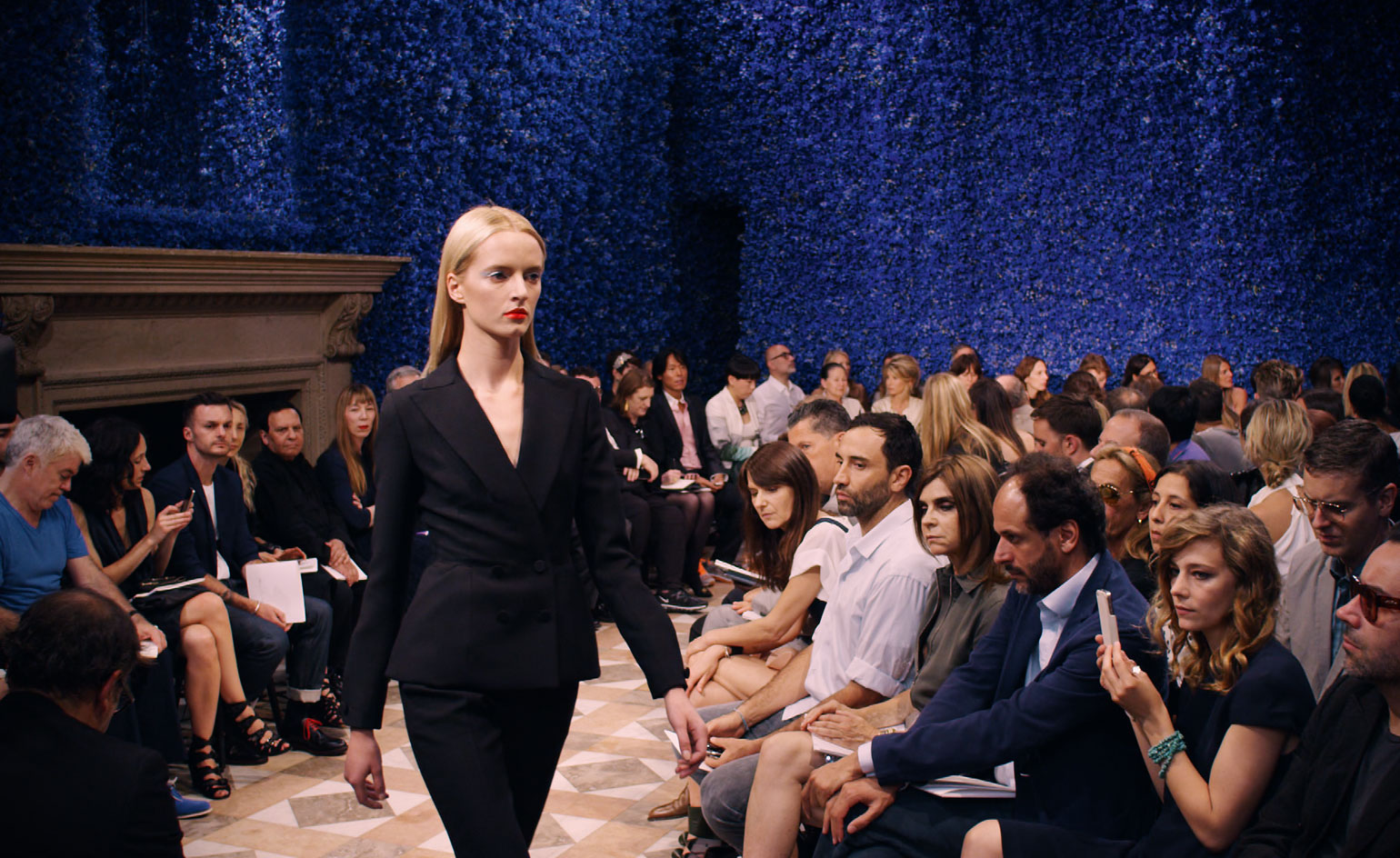
There was a time, and not so long ago, when the fashion world was an esoteric place, unravelled by trusted writers whose detailed reports compensated for the lack of pictures allocated to their column inches. Today, technology has opened up the industry to multimedia scrutiny and encouraged a new genre of documentary fashion films. Frédéric Tcheng has been a key driver of this trend and, having co-produced Valentino: The Last Emperor and co-directed Diana Vreeland: The Eye Has to Travel, has now taken his place in the director’s chair for Dior and I.
The film captures the eight-week lead-up to Raf Simons’ first haute couture collection for Dior. ‘I was interested in seeing the birth of a new direction,’ explains Tcheng. ‘The flip side of the end of an era is a new designer stepping into the shoes of the founder, and that seemed like a very good premise to me.’
The project arose from a conversation with Dior’s director of communications, Olivier Bialobos, at a screening of The Eye Has to Travel a few months before Simons’ appointment was announced. ‘I was intrigued by what was going on at Dior,’ says Tcheng. ‘I told him, "If Raf comes to Dior you have a great story." I was fascinated by Raf’s approach. He talks like an artist and has a process of collaboration that is very interesting.’
The first time he actually met Simons, Tcheng was behind the camera, filming his arrival at Dior, where he meets the haute couture seamstresses for the first time. ‘It was tense, as Simons was initially against the idea [of being filmed],’ Tcheng says. ‘I had sent him a letter explaining my process and what I was interested in – the collaboration with the seamstresses, and how those two worlds would collide and create something new.’
He got the OK to film for a week, and worked with just one cameraman. ‘Once Raf gave access, he gave a lot of access,’ Tcheng says. What was unexpected was the extent of Simons’ unease with the publicity that came with his Dior debut – something Christian Dior had also struggled with. This parallel became central to the narrative, with Tcheng using the founder’s voice to aid in narrating Simons’ journey. ‘I did not expect the level of emotion that Raf brought,’ he adds.
The pressures the film documents are balanced by moments of the ‘sublime’ (Simons’ preferred descriptive), from artist Sterling Ruby’s paintings reworked as gowns, to the remodelling of the show venue into a four-walled take on Jef Koons’ floral Puppy, and the comedy double act of the heads of the haute couture ateliers. ‘There was a social element that was important to me,’ Tcheng says. ‘[The film] had to be grounded in real life – the workplace. I was thinking a lot about the upstairs, downstairs narrative.’ Key scenes are shot in the lift that connects the couture atelier with the design room. ‘I tried to portray everyone’s experience,’ he adds, ‘not just Raf’s, but the multiple points of view of the seamstresses.’ Which brings us to the deliberate ambiguity of the film’s title, Dior and I.
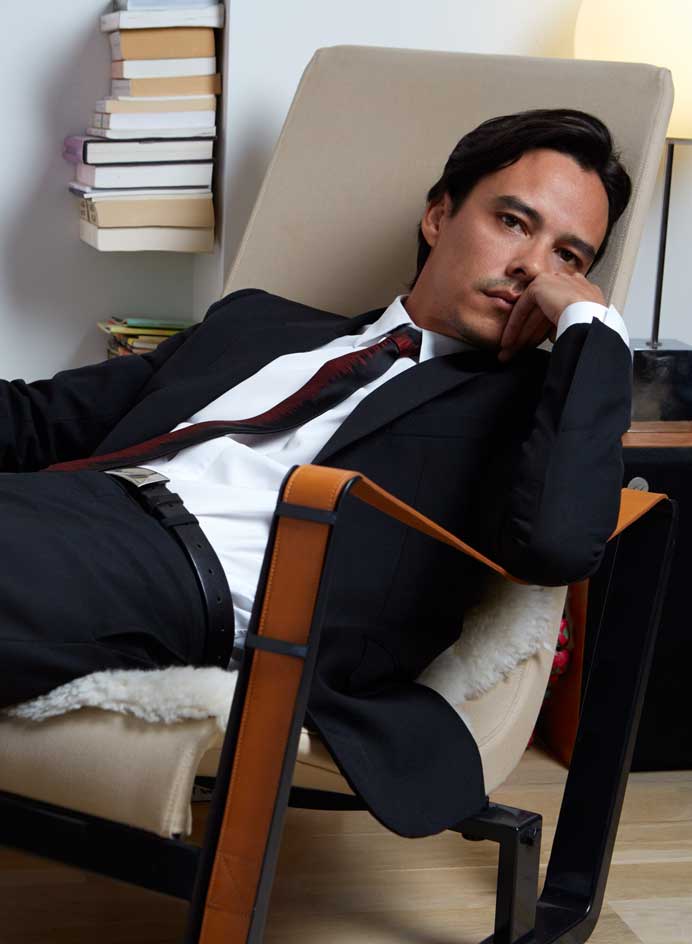
Tcheng co-produced Valentino: The Last Emperor and co-directed Diana Vreeland: The Eye Has to Travel before taking his place in the director’s chair for Dior and I
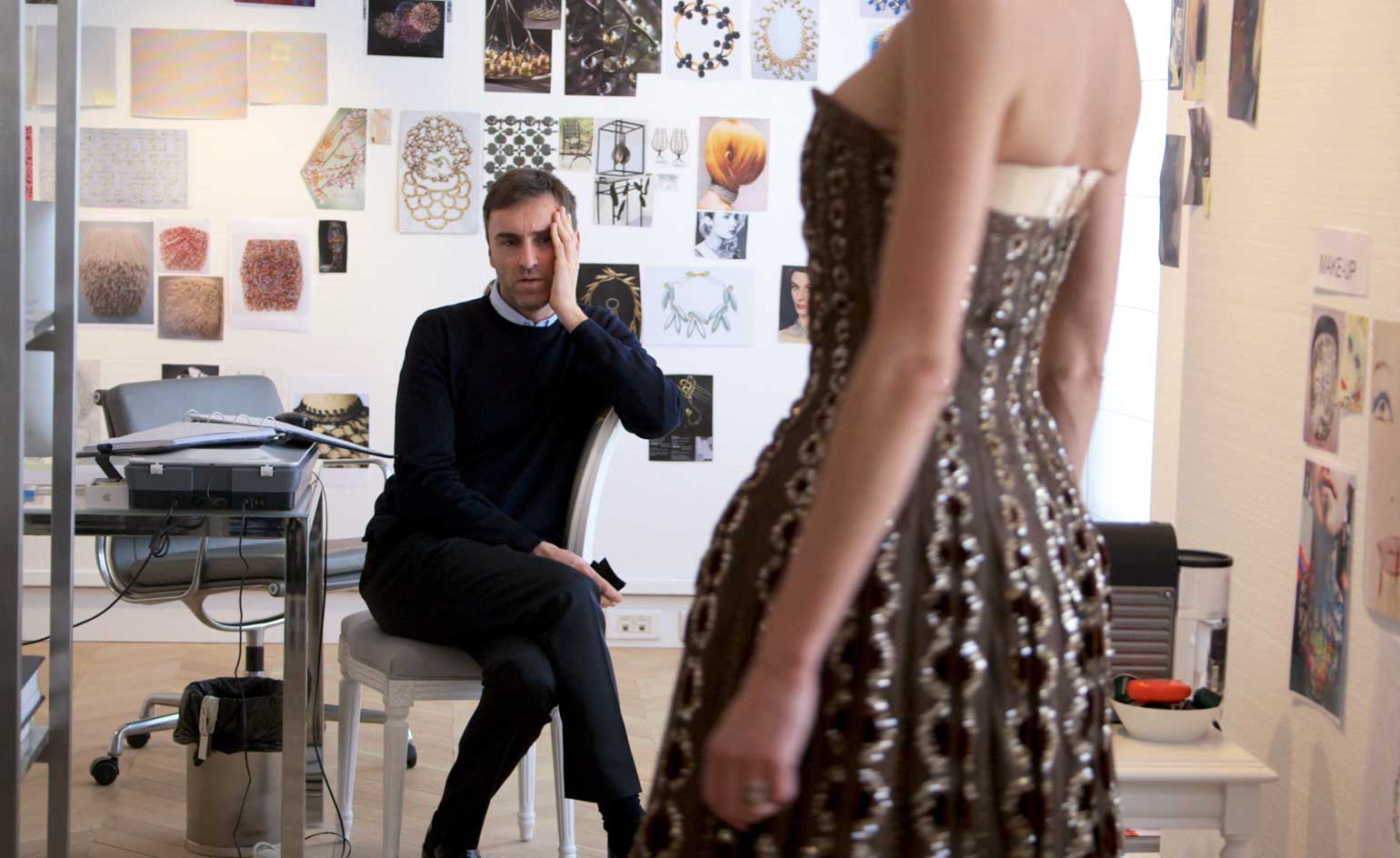
4090833095001
The film explores the birth of a new direction for Dior. 'The flip side of the end of an era is a new designer stepping into the shoes of the founder, and that seemed like a very good premise to me,’ Tcheng explains
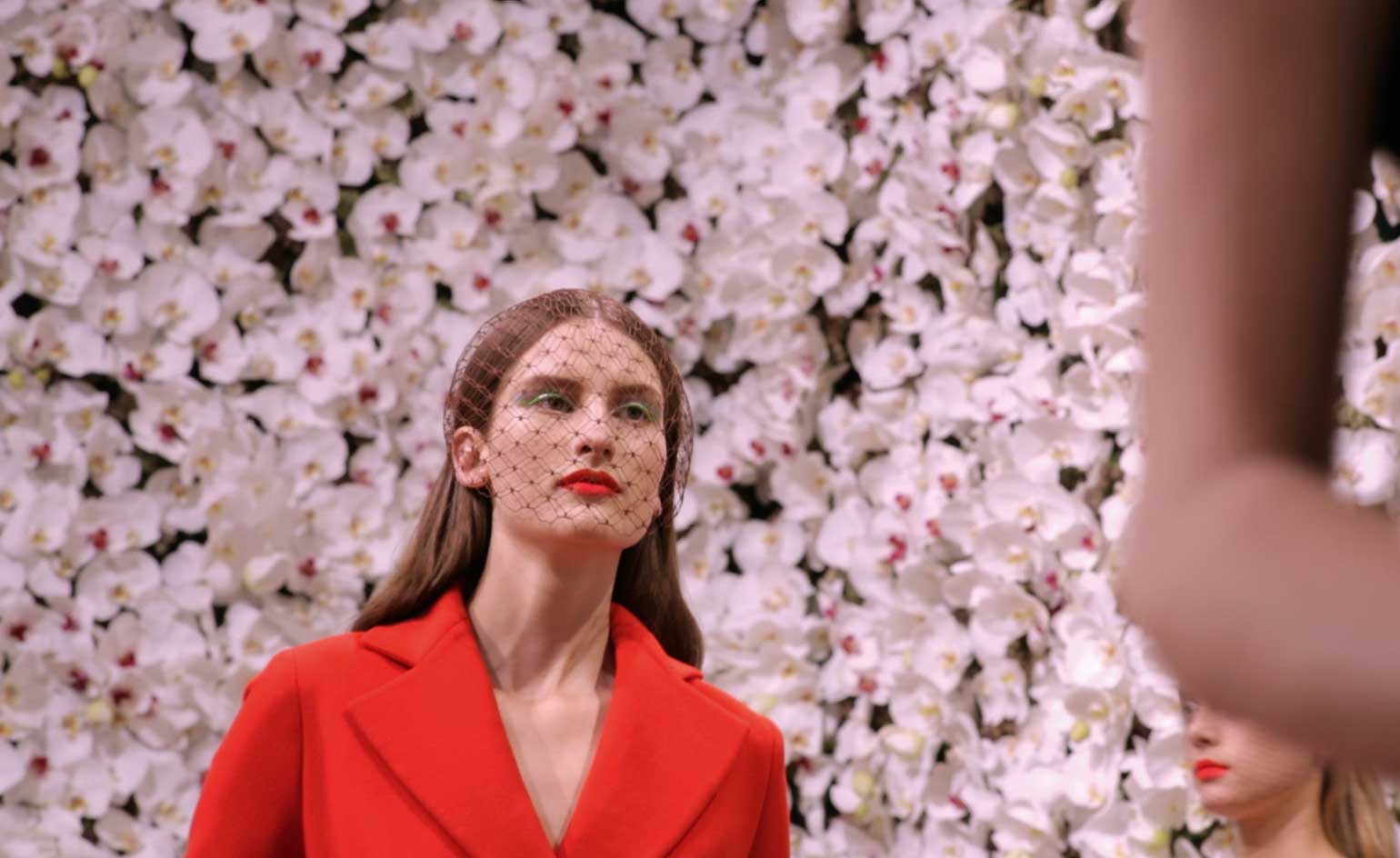
The pressures the film documents are balanced by moments of the ‘sublime’ (Simons’ preferred descriptive), from artist Sterling Ruby’s paintings reworked as gowns, to the remodelling of the show venue into a four-walled take on Jeff Koons’ floral Puppy
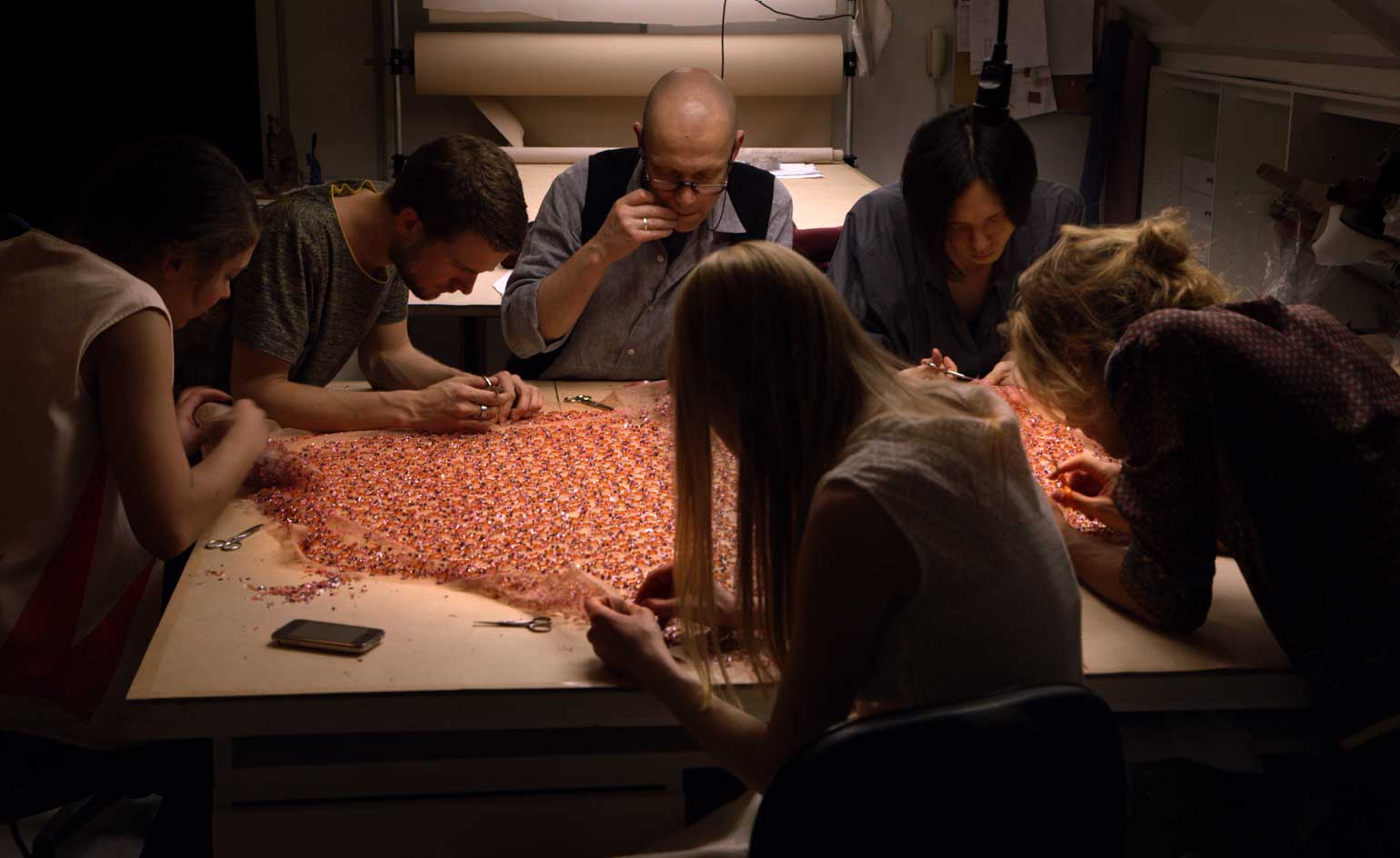
‘I tried to portray everyone’s experience,’ he adds, ‘not just Raf’s, but the multiple points of view of the seamstresses,' says Tcheng
Wallpaper* Newsletter
Receive our daily digest of inspiration, escapism and design stories from around the world direct to your inbox.
-
 Naoto Fukasawa sparks children’s imaginations with play sculptures
Naoto Fukasawa sparks children’s imaginations with play sculpturesThe Japanese designer creates an intuitive series of bold play sculptures, designed to spark children’s desire to play without thinking
By Danielle Demetriou
-
 Japan in Milan! See the highlights of Japanese design at Milan Design Week 2025
Japan in Milan! See the highlights of Japanese design at Milan Design Week 2025At Milan Design Week 2025 Japanese craftsmanship was a front runner with an array of projects in the spotlight. Here are some of our highlights
By Danielle Demetriou
-
 Tour the best contemporary tea houses around the world
Tour the best contemporary tea houses around the worldCelebrate the world’s most unique tea houses, from Melbourne to Stockholm, with a new book by Wallpaper’s Léa Teuscher
By Léa Teuscher
-
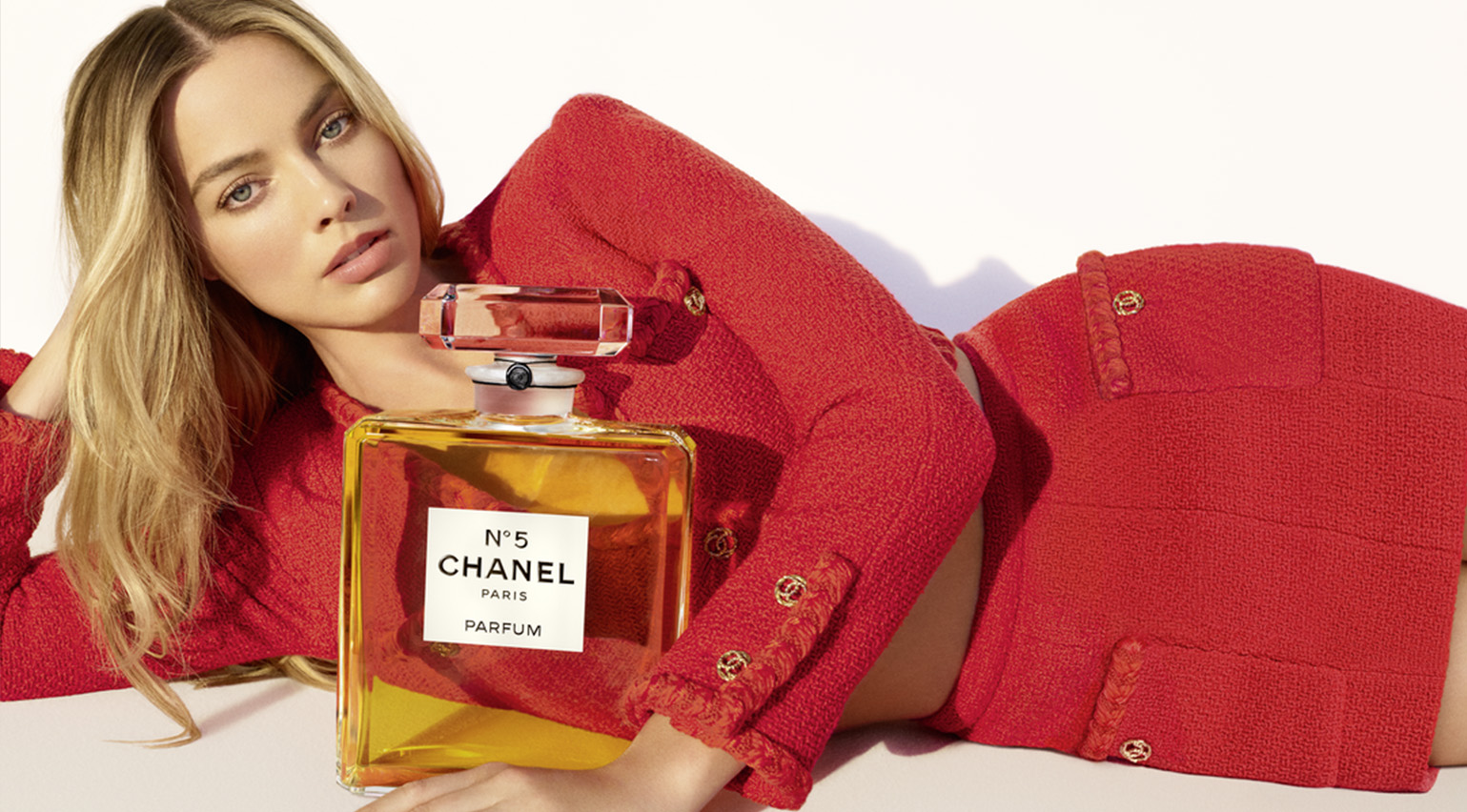 Margot Robbie, Marina Abramović and a 15-step Korean scalp treatment: the most-read Wallpaper* beauty stories of 2024
Margot Robbie, Marina Abramović and a 15-step Korean scalp treatment: the most-read Wallpaper* beauty stories of 2024The news of Margot Robbie becoming the face of Chanel No.5 and an illustrated guide to a 15-step Korean scalp treatment are just two of the most-read Wallpaper* beauty stories from the year gone by
By Hannah Tindle
-
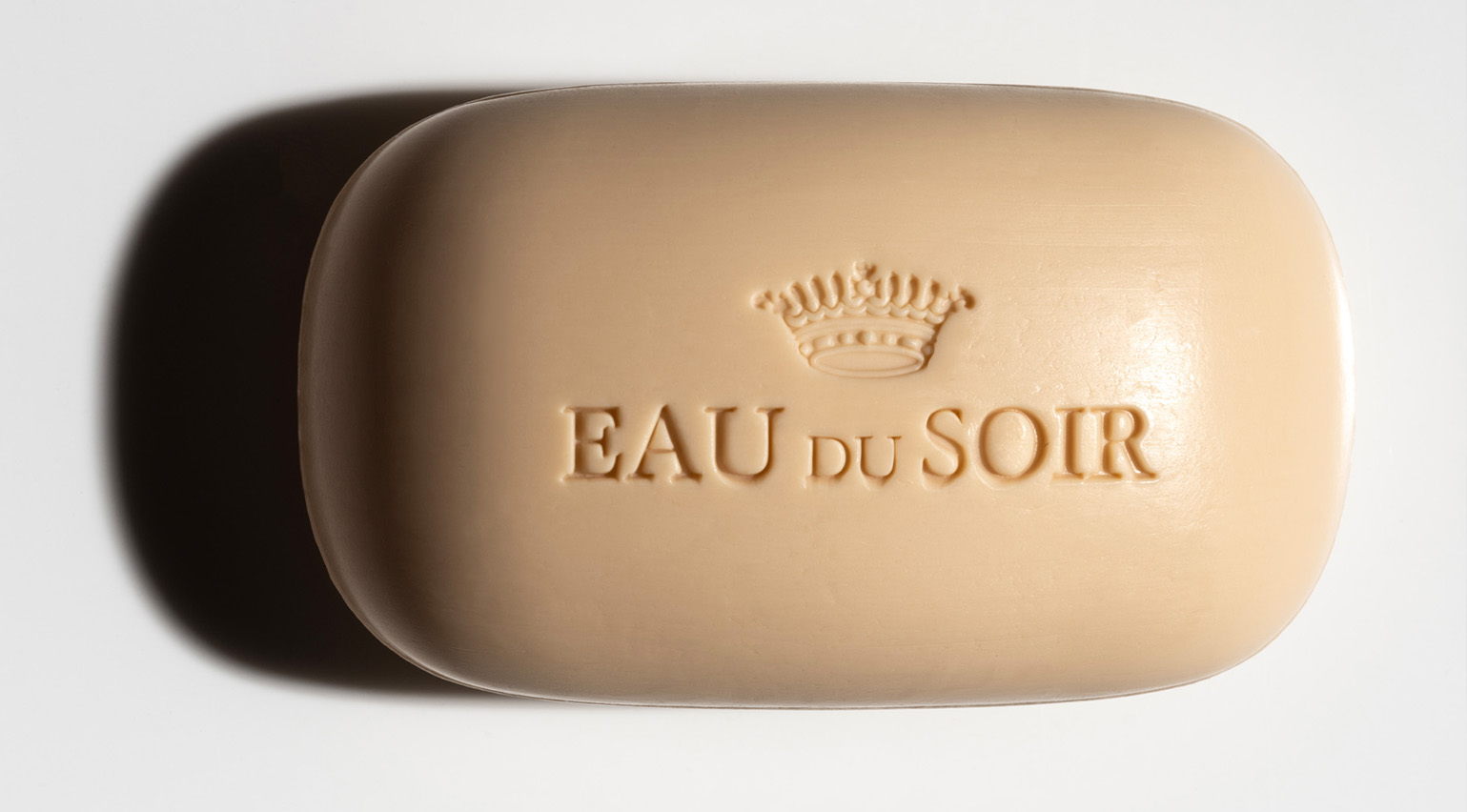 Unboxing beauty products from 2024, as seen on the pages of Wallpaper*
Unboxing beauty products from 2024, as seen on the pages of Wallpaper*Wallpaper's 2024 beauty picks included Chanel lipstick, Bottega Veneta perfume and solid soap from the likes of Aesop, Celine, Diptyque, Hermès and Sisley
By Hannah Tindle
-
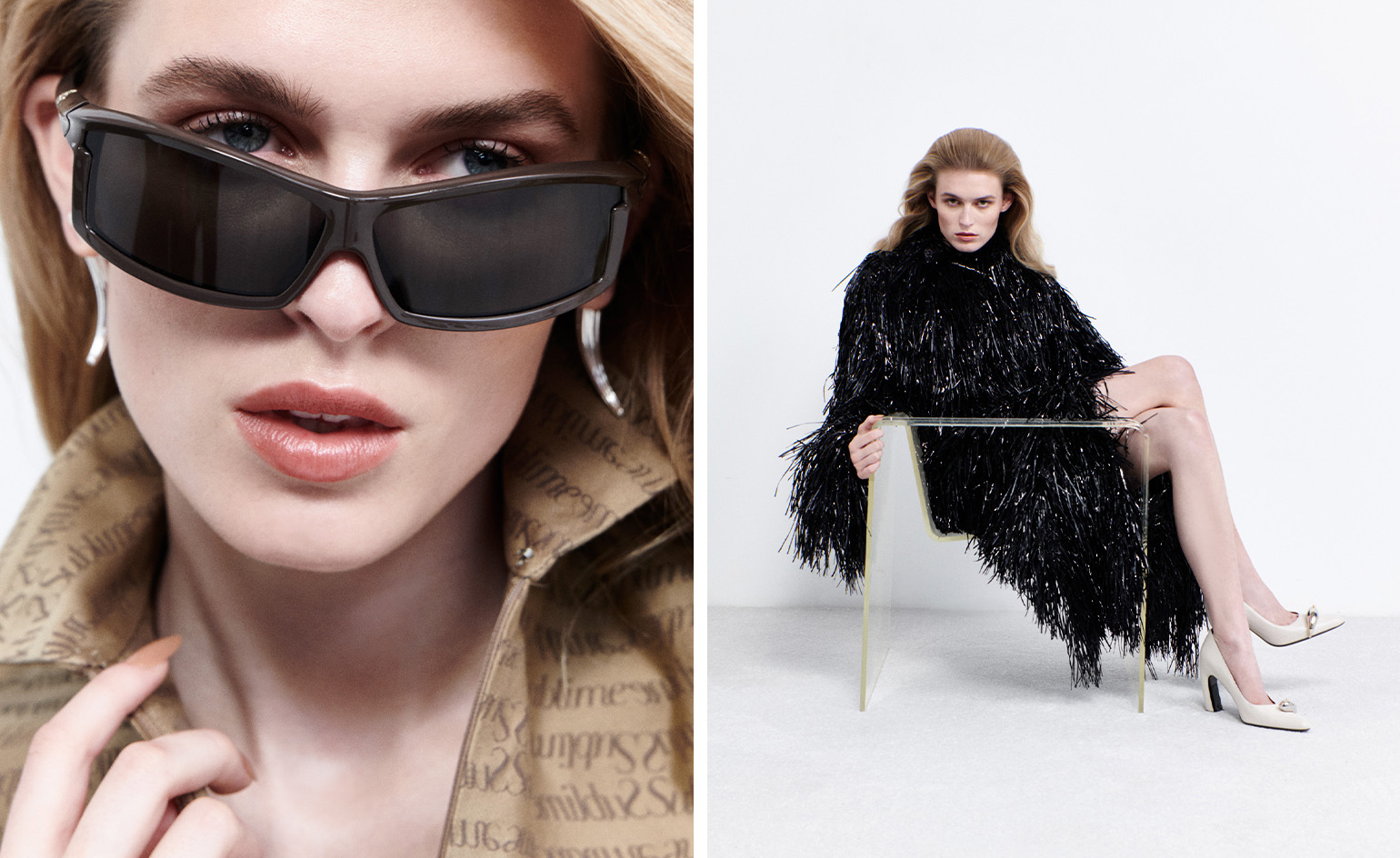 These illuminating fashion interviews tell the story of style in 2024
These illuminating fashion interviews tell the story of style in 2024Selected by fashion features editor Jack Moss from the pages of Wallpaper*, these interviews tell the stories behind the designers who have shaped 2024 – from Kim Jones to Tory Burch, Willy Chavarria to Martine Rose
By Jack Moss
-
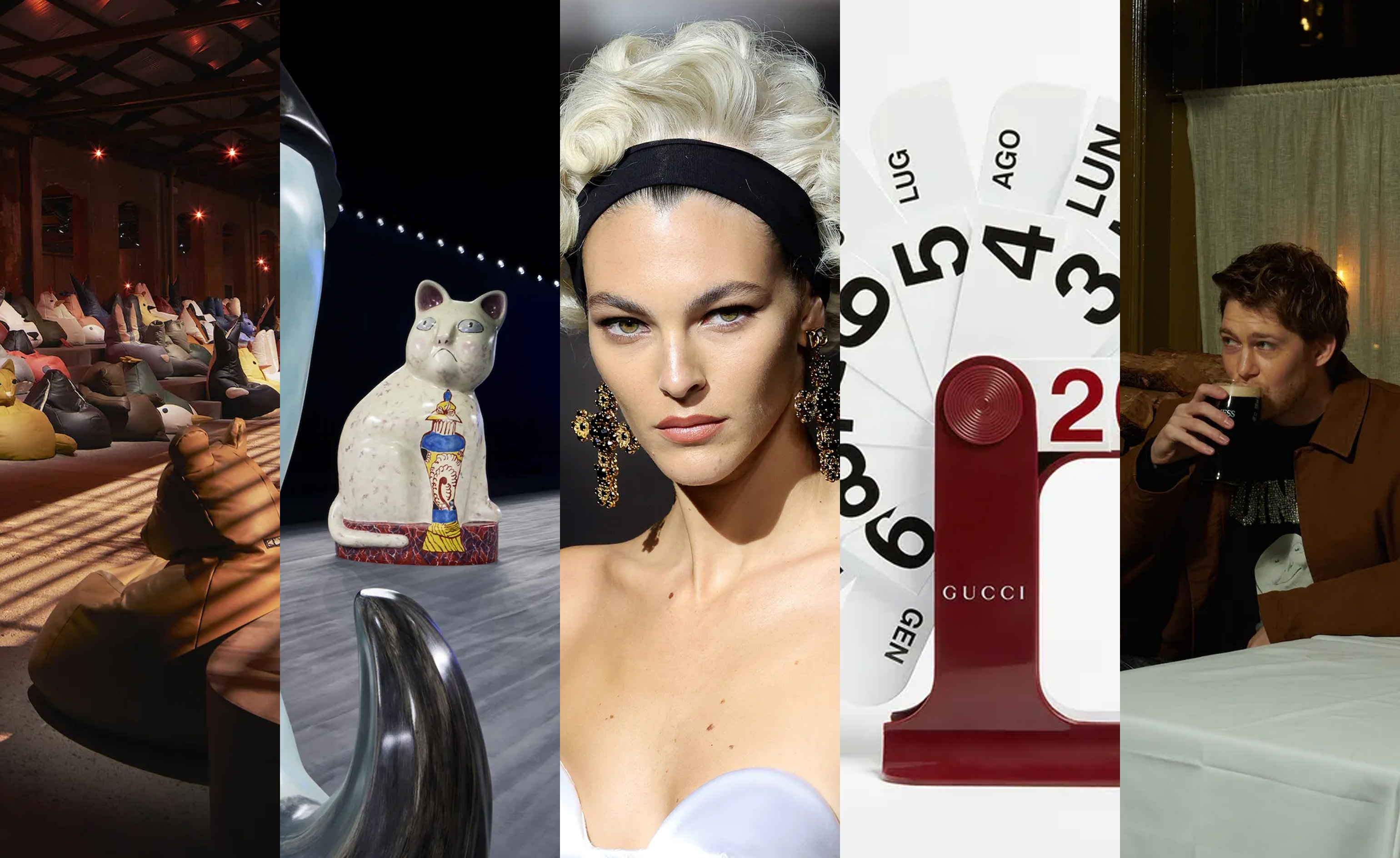 Giant cats, Madonna wigs, pints of Guinness: seven objects that tell the story of fashion in 2024
Giant cats, Madonna wigs, pints of Guinness: seven objects that tell the story of fashion in 2024These objects tell an unconventional story of style in 2024, a year when the ephemera that populated designers’ universes was as intriguing as the collections themselves
By Jack Moss
-
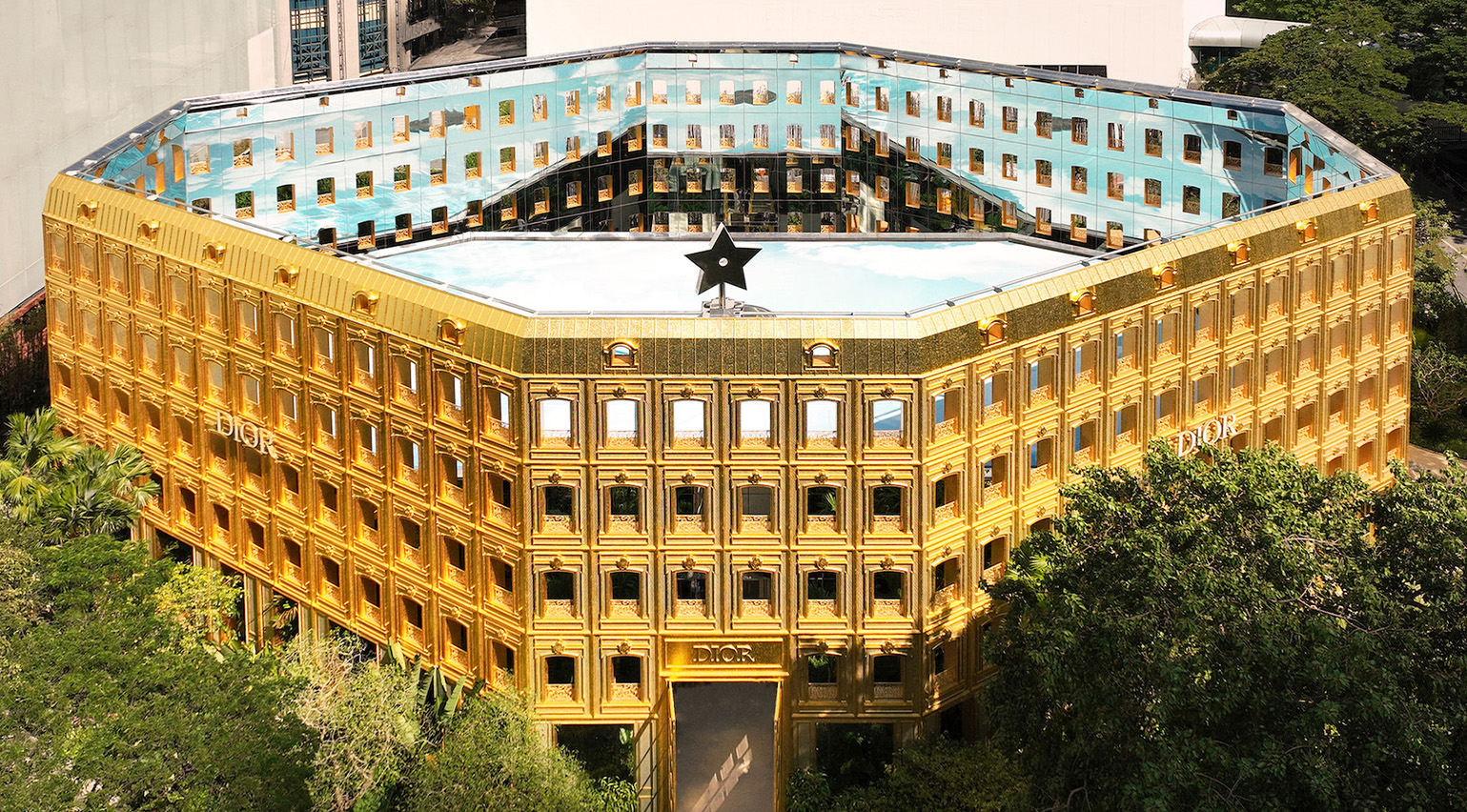 Inside Dior’s ‘Gold House’ in Bangkok, a spectacular celebration of Thai art and craft
Inside Dior’s ‘Gold House’ in Bangkok, a spectacular celebration of Thai art and craftDaven Wu takes a trip to Bangkok to discover ‘Gold House’, a gilded new concept store from Dior which is rooted in both Parisian savoir-faire and artisanal Thai craft, featuring a café, gardens and showstopping gilded facade
By Daven Wu
-
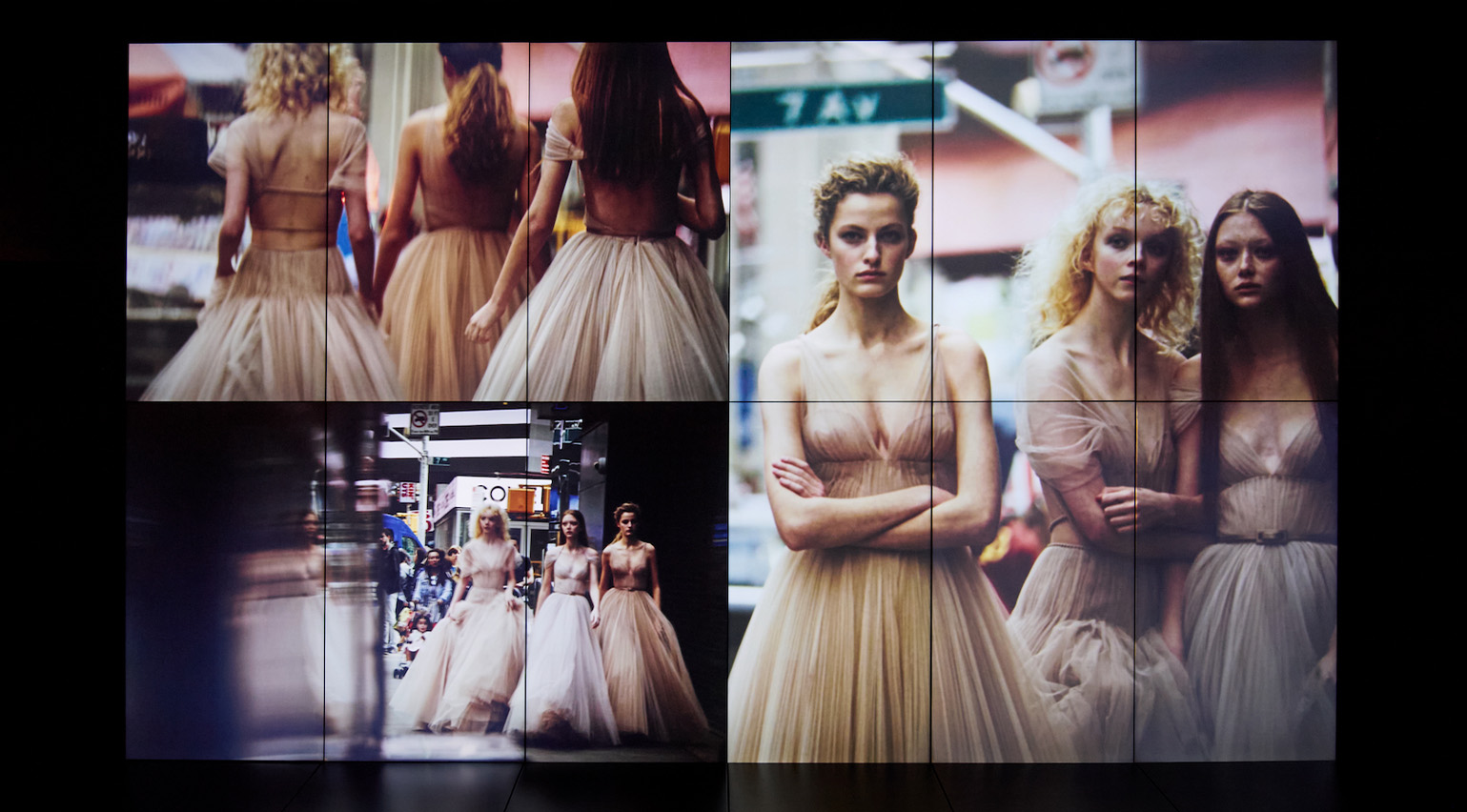 ‘He immortalised the birth of the supermodel’: inside Dior’s career-spanning retrospective of photographer Peter Lindbergh
‘He immortalised the birth of the supermodel’: inside Dior’s career-spanning retrospective of photographer Peter LindberghOlivier Flaviano, head of Paris’ La Galerie Dior, talks us through a new Peter Lindbergh retrospective, which celebrates the seminal German photographer’s longtime relationship with the French house
By Jack Moss
-
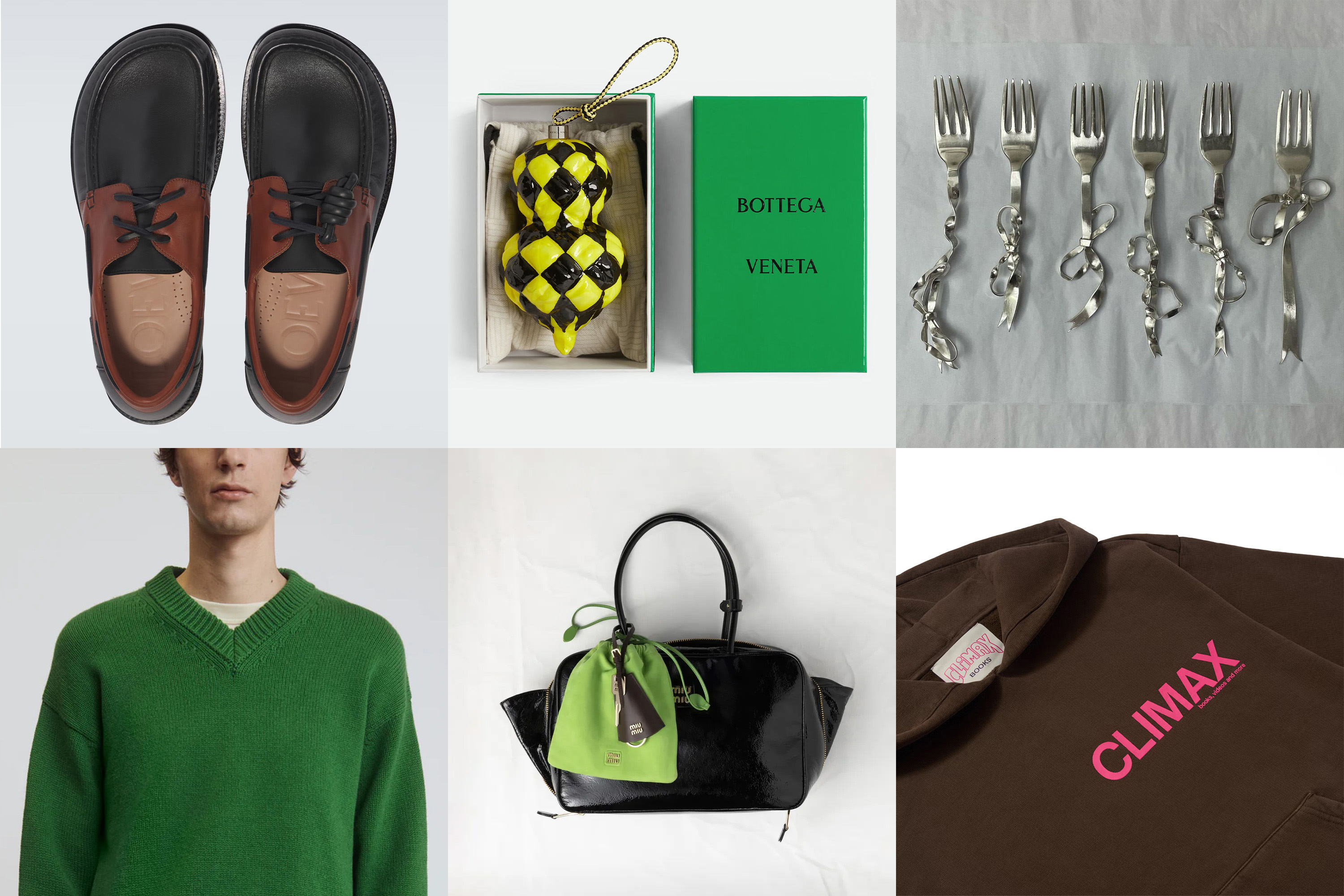 Fashion features editor Jack Moss’ style gift guide
Fashion features editor Jack Moss’ style gift guideWallpaper* fashion features editor Jack Moss compiles his fantasy festive wish list – from a surreal Bottega Veneta tree decoration to Hylton Nel’s Dior-approved ceramic cats
By Jack Moss
-
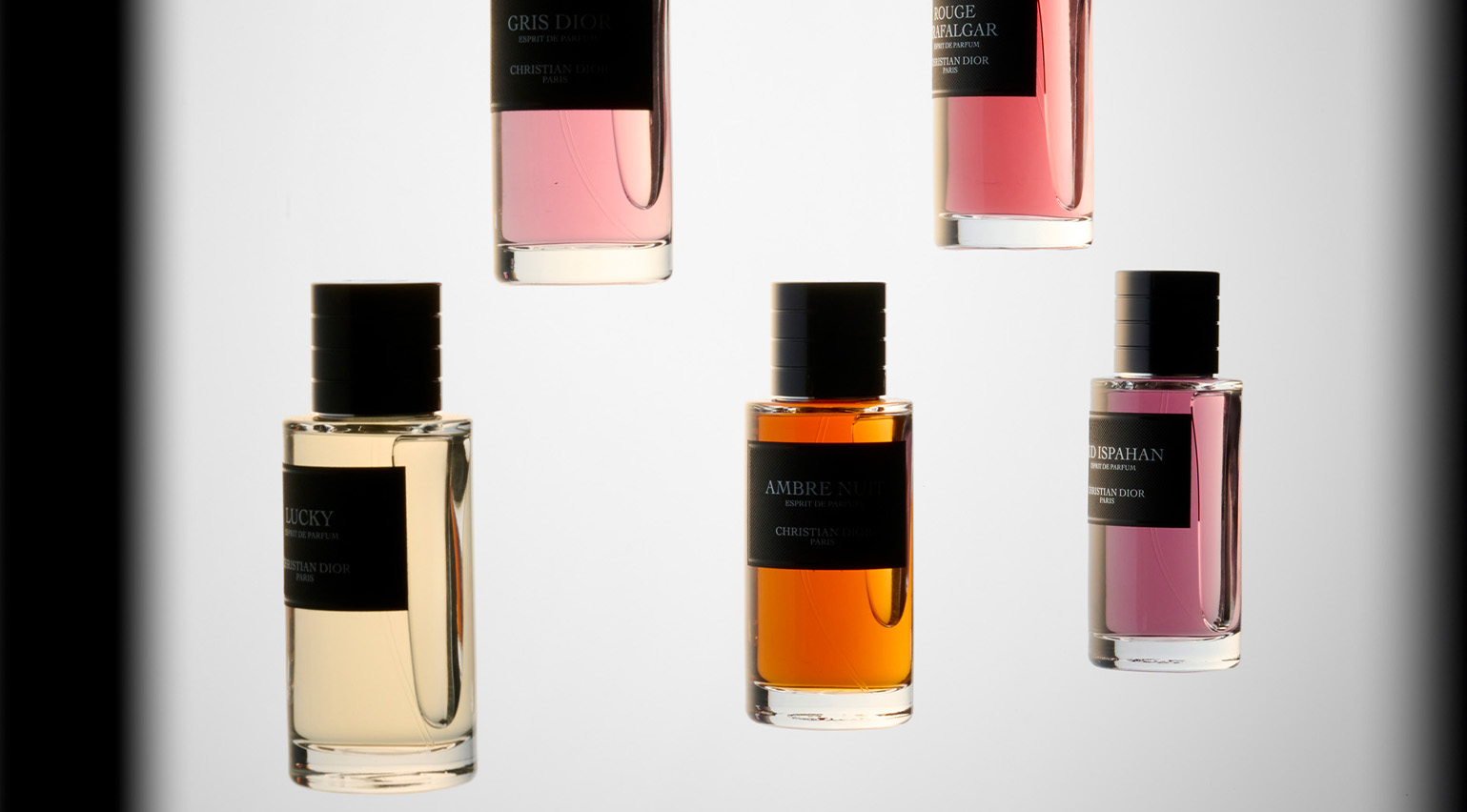 What makes a ‘winter perfume’? The Wallpaper* guide to fragrances that linger on the skin and in the air
What makes a ‘winter perfume’? The Wallpaper* guide to fragrances that linger on the skin and in the airThe Wallpaper* guide to winter perfume has been compiled by our beauty editor Hannah Tindle, including scents from the likes of Bottega Veneta, Frederic Malle and Marissa Zappas
By Hannah Tindle